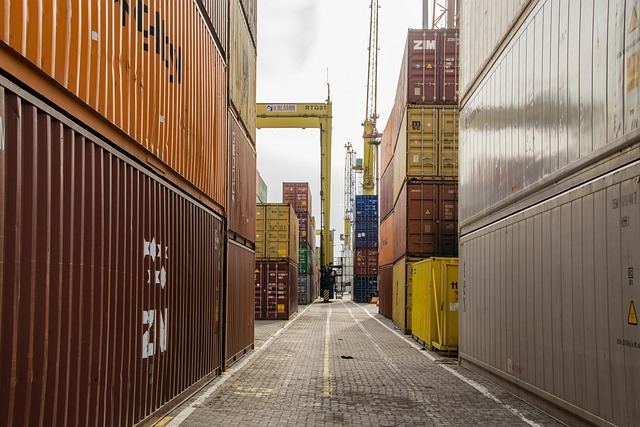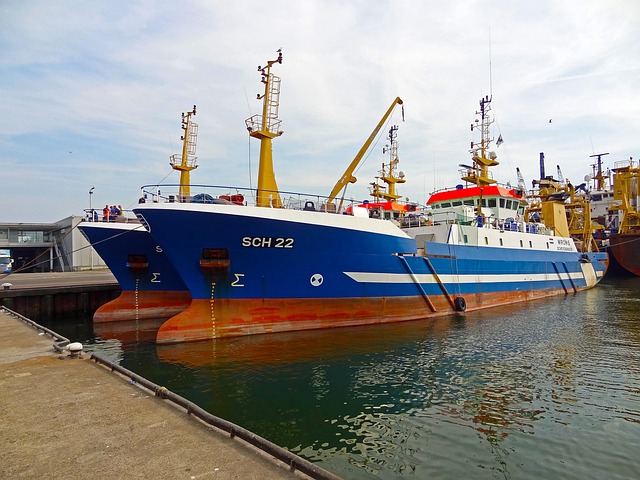Insulated containers offer a flexible and energy-efficient solution for cold rooms, ideal for storing perishable goods, pharmaceuticals, and temperature-sensitive materials. They minimize heat transfer through advanced insulation technologies, maintaining optimal interior temperatures. Businesses can choose from temporary or permanent options, including new purchases, rentals, or leasing used containers, with various dimensions and modifications to suit diverse sectoral needs. Strategic planning is essential when integrating these containers into existing cold rooms, involving needs assessment, space constraints, temperature control, load capacity, maintenance, digital monitoring, and choosing reputable dealers.
Insulated containers are transforming cold room management by offering a flexible, efficient solution. This article explores how these innovative systems seamlessly integrate into existing facilities, enhancing temperature control and maximizing storage capacity. From understanding their unique benefits to best practices for implementation, discover why insulated containers are becoming the go-to choice for modern cold room operations. Learn how this technology can optimize your space and streamline your workflow.
- Understanding Insulated Containers: A Cold Room Solution
- Seamless Integration: Benefits for Existing Facilities
- Best Practices for Implementing Insulated Containers
Understanding Insulated Containers: A Cold Room Solution
Insulated containers have emerged as a versatile and efficient solution for cold room applications, offering seamless integration into existing facilities. These containers are designed to provide optimal temperature control, making them ideal for storing perishable goods, pharmaceuticals, and other temperature-sensitive materials. By utilizing advanced insulation technologies, these containers ensure minimal heat transfer, maintaining the desired interior temperature even in external variations. This feature makes them a reliable choice for various industries, including food processing, healthcare, and logistics.
Whether you need insulated containers for temporary or permanent use, there is an option to suit every requirement. From buying new insulated containers to renting or leasing used ones, the market offers diverse choices. Insulated container dealers and suppliers cater to different sectors by providing customized solutions, modifications, and even wholesale options. With various dimensions and price points available, businesses can select the perfect fit for their cold room needs, ensuring enhanced operational efficiency and product quality.
Seamless Integration: Benefits for Existing Facilities

Seamless Integration: Benefits for Existing Facilities
Insulated containers offer significant advantages when seamlessly integrated into existing cold rooms. By utilizing these versatile units, businesses can optimize their space and enhance operational efficiency. These containers provide a straightforward solution to expand cold storage capacity without the need for extensive renovations or construction. Their modular design allows them to be easily placed alongside current facilities, ensuring a smooth transition and minimal disruption to daily operations.
Furthermore, insulated container integration brings numerous benefits, including improved temperature control, reduced energy costs, and increased storage flexibility. With various dimensions and customization options available, businesses can select the perfect fit for their specific needs. Whether you require additional cold storage for perishable goods, a temporary solution during peak seasons, or a dedicated space for specialized products, insulated containers offer a reliable and cost-effective answer. Buy, rent, or lease these versatile units from reputable suppliers to unlock the full potential of your cold room infrastructure.
Best Practices for Implementing Insulated Containers

Implementing insulated containers into existing cold rooms requires careful planning and best practices to ensure seamless integration and optimal performance. Firstly, assess your specific needs and space constraints. Insulated containers come in various dimensions, so selecting the right size that fits your cold room perfectly is essential. Consider factors like temperature control requirements, load capacity, and any necessary modifications to accommodate specific items or equipment.
When setting up, prioritize proper insulation placement for maximum efficiency. Ensure the insulated walls, roof, and floor are sealed tightly to maintain desired temperatures. Regular maintenance checks are crucial, including inspecting seals, gaskets, and ventilation systems. Keep an eye out for leaks, as they can significantly impact energy efficiency. Additionally, consider integrating digital monitoring systems for real-time temperature control and alerts, enhancing overall cold room management. Choose reputable dealers or manufacturers, whether you’re buying new, used, or renting insulated containers, to guarantee quality and support throughout the process.
Insulated containers offer a versatile and efficient solution for cold room management, seamlessly integrating into existing facilities. By understanding their benefits and best practices, businesses can optimize their storage capabilities, reduce energy costs, and enhance overall operational effectiveness. Embracing this innovative technology is a step towards a more sustainable and streamlined future in temperature-controlled environments.
